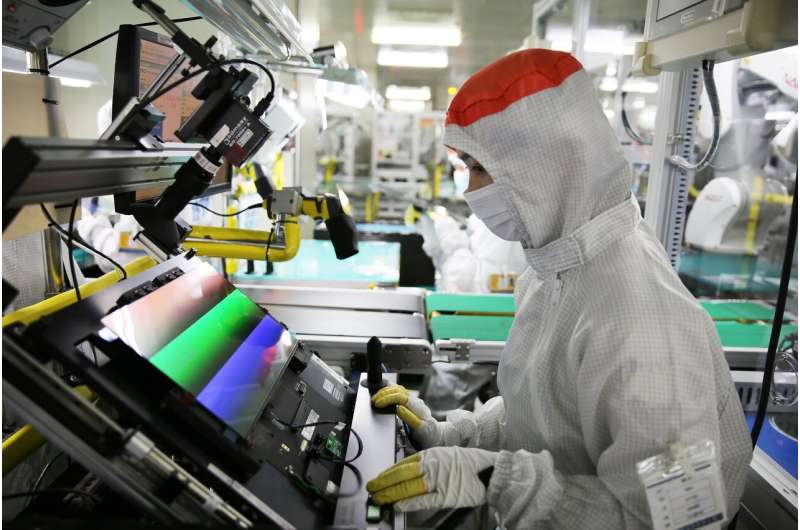
Samsung Display, a subsidiary of The Samsung Group, has announced that it will begin production of its new 14-inch OLED screen that runs at 90 Hz for laptops this spring. In their announcement on their blog, CEO Choi Choo-sun claimed that the screens will be in full production starting March 21 of this year.
Smartphone users have become accustomed to 120 Hz displays and their fast refresh rates. Many laptop and desktop users are growing impatient as the standard for such devices has remained steady at 60 Hz, a refresh rate that is less than desirable for viewing movies or playing video games. A speed-up for such devices has been held back by the transition to organic light-emitting diodes (OLEDs), which provide more natural coloring than LCDs, but unfortunately, they have slower refresh rates. But that appears to be changing with the announcement by Samsung.
As part of their announcement, representatives for the company claimed that the 90-Hz OLEDs will provide very nearly the same visual experience as 120-Hz LCDs. They further claimed that the new 90-Hz OLED refresh rate made their screens 10 times faster than anything else currently on the market. In comparing the new OLEDs to LCDs side by side, they found that the blur length of dragged images was approximately 0.9 mm for the new OLED screens and 1 mm for LCDs. They also announced that the new screens will begin appearing in laptops made by “several global IT companies” this year. To back up that claim, they announced that the company will begin producing the screens in “very large quantities” as soon as production begins in March. Initially, the company will manufacture only 14-inch screens, and laptops that use them will need to have higher-spec graphics accelerators to run at the higher rate.
In introducing the new screens, representatives for the company claimed that their goal was to introduce a major shift in the video screen market—toward higher refresh rates and a better viewing experience for consumers. They believe that consumers will warm to the new screens very quickly, making them willing to pay extra for the faster screens and souped-up graphics cards.